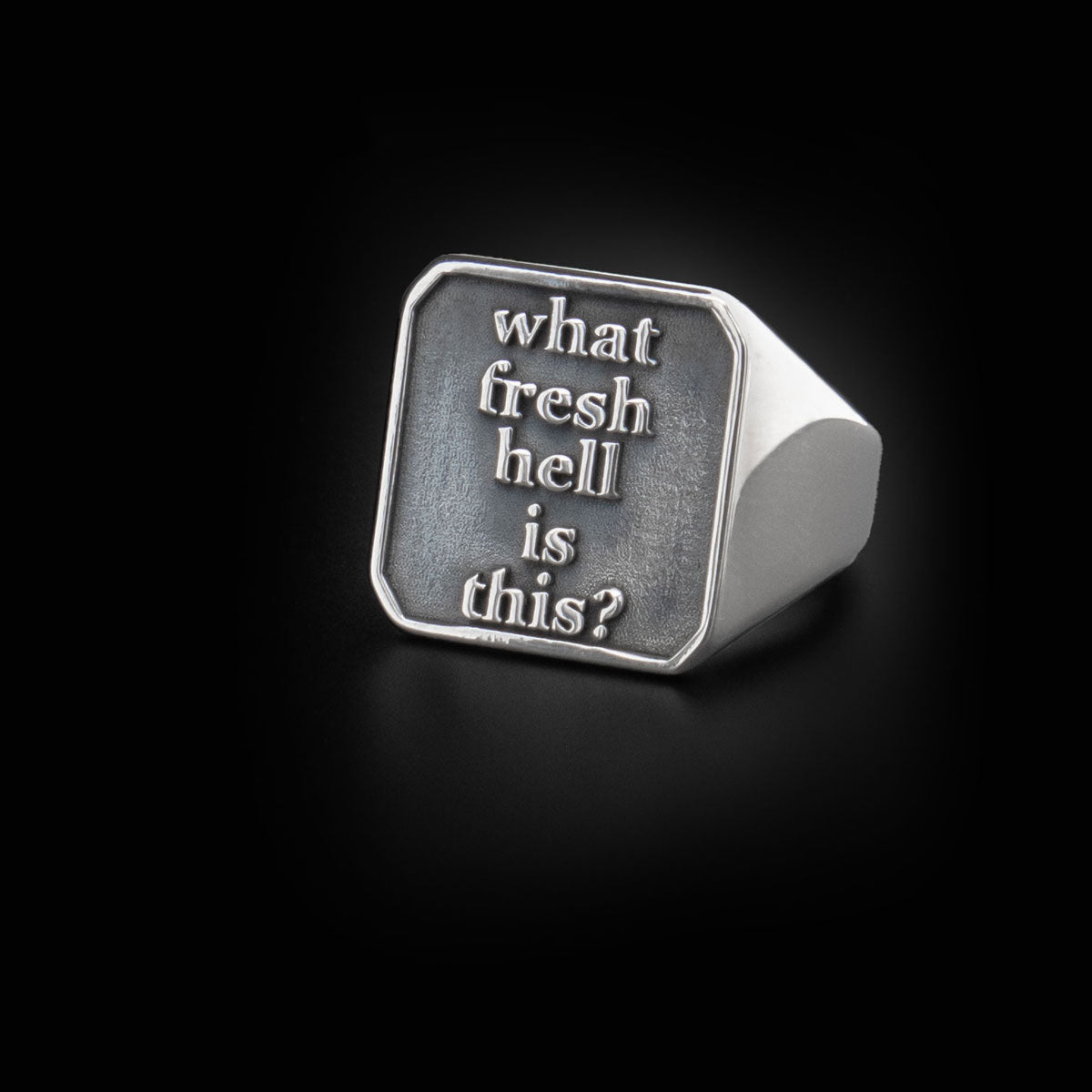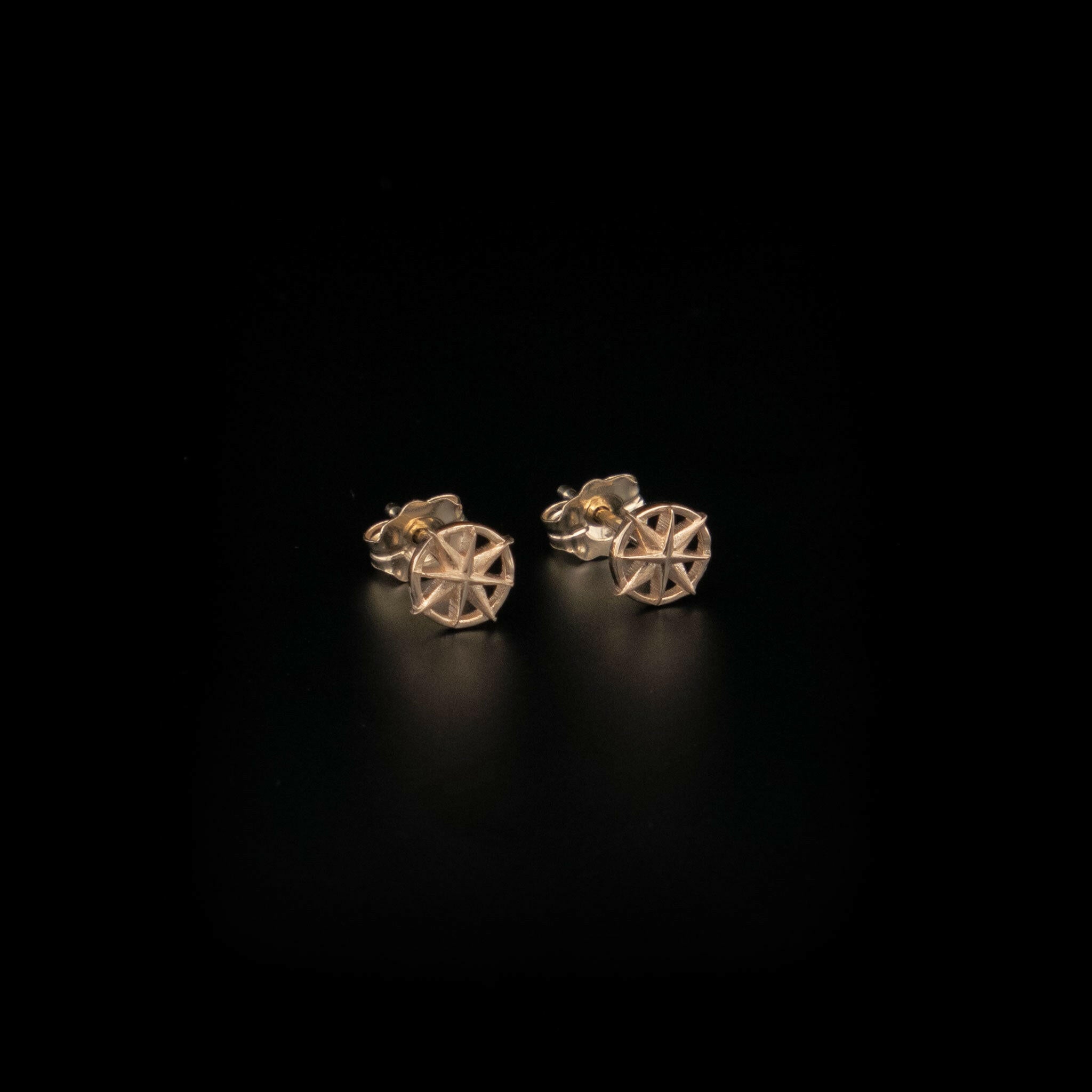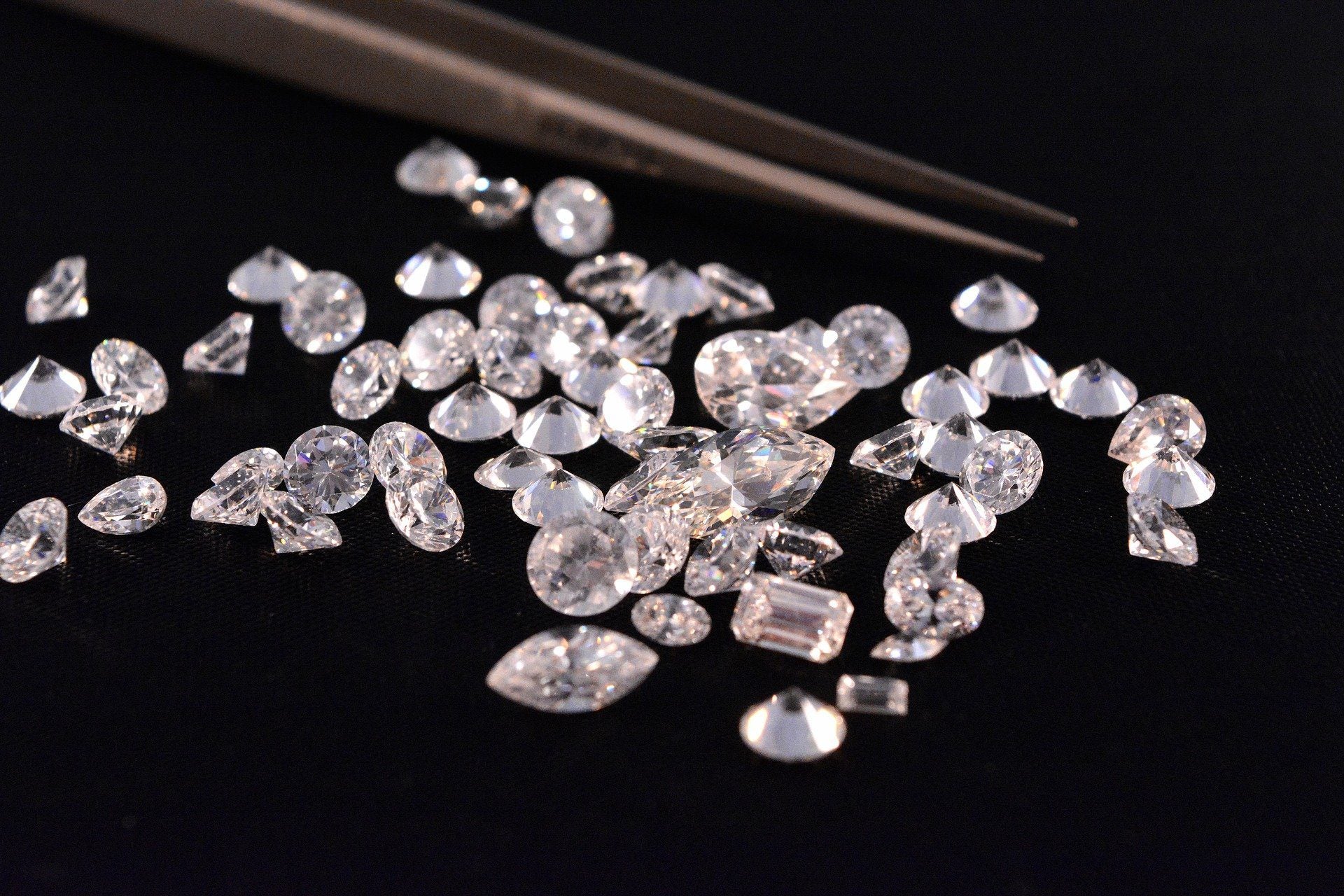The Importance and Risks of Ring Resizing
Ring resizing is a common practice in the world of jewelry, offering wearers the opportunity to achieve a comfortable fit. While resizing can provide numerous benefits, it's essential to recognize that it also carries inherent risks that can potentially damage the ring. Today we’ll explore the delicate balance between benefits and pitfalls of ring resizing.
Sizing Decisions, When or Why Should You Resize Your Ring?
Weight Gain or Loss. Significant changes in weight can affect the size of your fingers. If you've gained or lost weight since getting your ring, it may no longer fit properly.
Post-Pregnancy: During pregnancy, many women experience swelling in their hands due to increased blood volume and fluid retention. Additionally, hormonal changes cause the ligaments and joints in your body, including the knuckles in your fingers, to grow. This can lead to a permanent change in ring size. So it might be best to take off the ring and check your size after the delivery. However, it's important to note that this doesn't always apply to everybody.
Arthritis or Other Health Conditions: Conditions like arthritis can cause joints to swell, leading to changes in finger size. In such cases, resizing the ring can provide much-needed comfort.
Accidental Damage: If your ring gets bent or damaged, it may no longer fit properly. Resizing can restore its original fit.
Disclaimer
Fingers tend to swell in hot weather and shrink in cold weather. If your ring feels too tight or too loose depending on the temperature you might think to consider resizing. Our bodies fluctuate often, if your jeweler is certain you have the correct size but your ring still fluctuates dramatically consider asking your jeweler to add “speed bumps.
Risks Associated with Ring Resizing:
Despite its benefits, ring resizing carries inherent risks that can potentially compromise the longevity of the ring. One of the primary concerns is the physical alteration of the ring's structure, which can weaken the metal band and lead to issues such as thinning, warping, or breakage over time. Every time that you size your ring, you’re creating potential weak spots. Additionally, resizing may pose risks to gemstones or intricate designs, as the heat, pressure, or manipulation involved in the process can cause damage or misalignment. Furthermore, frequent resizing can result in the loss of precious metal, diminishing the ring's value and structural stability. It's recommended to size no more than 2-3 times.
Balancing Act:
Finding the right balance between the benefits and risks of ring resizing is essential to preserving the beauty and longevity of these cherished accessories. While it's important to address sizing issues to ensure comfort and safety, it's equally crucial to approach resizing with caution and informed decision-making. Consulting with a skilled jeweler who can assess the ring's condition and recommend the most appropriate resizing method is paramount. Additionally, considering alternative solutions, such as ring guards or inserts, may mitigate the need for extensive resizing and reduce the associated risks.
Key Takeaways
People tend to believe resizing rings is not a good thing. That's not the case, it's best to wear jewelry that fits you properly and comfortably. However there are slight risks behind it. Also knowing when to resize your ring is important.
ABOUT ILAH CIBIS JEWELRY
Looking for a Worcester jewelry store that carries a huge selection of lab-grown diamonds and other sustainable gemstones? We specialize in unique, colorful, responsibly sourced jewelry, gay jewelry, lesbian jewelry, and other queer-friendly jewelry as Worcester, MA's top independent jewelry store.
Radically Personal. Unapologetically Human. Made with fierce love.
-Ilah ♥ / IG: @ilahjewelry









Leave a comment
This site is protected by hCaptcha and the hCaptcha Privacy Policy and Terms of Service apply.